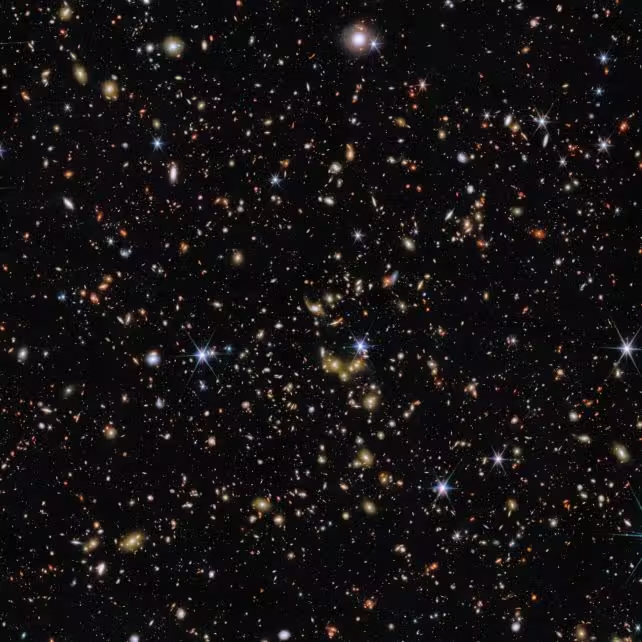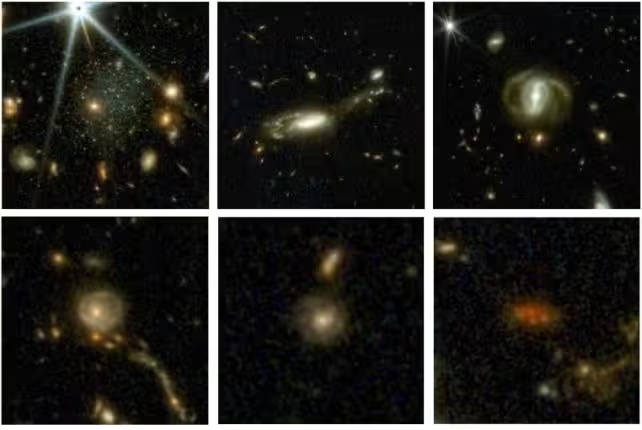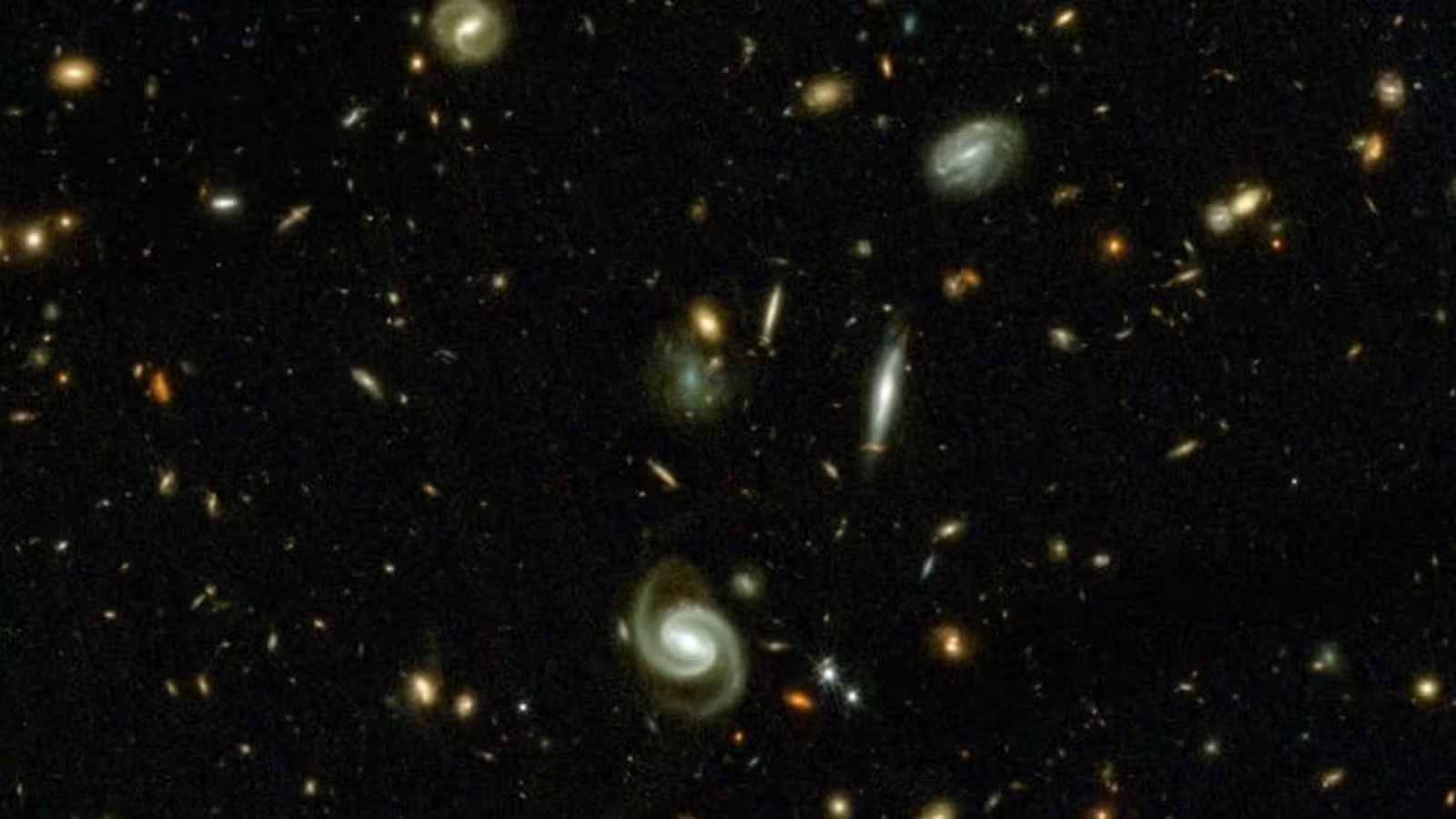5 Minutes
The COSMOS-Web Map: A Quantum Leap in Cosmic Cartography
Astronomers have reached a transformative milestone in our exploration of the cosmos: the unveiling of the largest and most detailed map of the Universe to date. Constructed using data from the James Webb Space Telescope (JWST), the COSMOS-Web field reveals an extraordinary view, offering insights that far surpass the iconic Hubble Ultra Deep Field. The release of this full, interactive galactic map marks a new era for astronomy, allowing researchers and the public alike to journey through deep space as never before.
With its latest dataset, COSMOS-Web catalogs almost 800,000 galaxies—an astronomical leap from Hubble's previous record of around 10,000. This powerful survey is not only increasing our inventory of distant galaxies but also illuminating new aspects of cosmic evolution and structure.
Scientific Context: Probing the Cosmic Dawn with JWST
The James Webb Space Telescope was meticulously engineered to investigate the Universe's earliest epoch, the so-called 'Cosmic Dawn'—the first billion years following the Big Bang, which occurred approximately 13.8 billion years ago. Studying this formative era is inherently challenging: the faint, distant light must traverse unthinkable expanses, its wavelengths steadily stretched by cosmic expansion into the infrared.
This is precisely where JWST excels. Its unparalleled sensitivity in the infrared spectrum allows astronomers to observe the faintest signals from the distant past, revealing galaxies, supermassive black holes, and cosmic structures that were once invisible to previous observatories. According to Caitlin Casey, astrophysicist at the University of California Santa Barbara and co-leader of the COSMOS collaboration, "Our goal was to construct this deep field of space on a physical scale that far exceeded anything that had been done before."

Mapping the Universe: Scale and Ambitions of COSMOS-Web
The COSMOS-Web survey focuses on a segment of sky slightly larger than 7.5 full moons as seen from Earth, capturing light that has traveled up to 13.5 billion years. To put its monumental size into perspective, if the Hubble Ultra Deep Field could be printed on a sheet of paper, the new COSMOS-Web image would span an impressive 13-foot by 13-foot mural, yet probe to the same incredible depth.
This comprehensive view allows scientists to not only identify distant galaxies, but also study the intricate cosmic web of dark matter—the hidden scaffolding that ties together cosmic structures via gravity. Researchers hope to unravel mysteries regarding the formation, evolution, and distribution of galaxies and supermassive black holes across cosmic time.
Key Discoveries and Surprises
Early analysis of JWST's COSMOS-Web data has delivered astonishing results. Observers are detecting approximately ten times more galaxies than prior models had predicted for this epoch, along with supermassive black holes unobserved by the Hubble Space Telescope. "The big surprise is that with JWST, we see roughly ten times more galaxies than expected at these incredible distances. We're also seeing supermassive black holes that are not even visible with Hubble," notes Casey.
Such findings pose deep questions for current theories of galaxy evolution. Astrophysical models suggest that there simply hasn't been enough time since the Big Bang for so many well-formed galaxies to exist at these distances. Each new discovery challenges scientists to revisit foundational models of how the Universe assembled its first luminous structures.

Democratizing Discovery: Open Science for the Universe
A notable feature of the COSMOS-Web project is its commitment to open science. The entire dataset, along with the interactive cosmic map, is freely accessible to researchers and the public around the world. Casey emphasizes the value in this approach: "A big part of this project is the democratization of science and making tools and data from the best telescopes accessible to the broader community. The best science is really done when everyone thinks about the same data set differently."
Researchers from diverse fields—and interested citizen scientists—are now invited to explore, analyze, and contribute to our understanding of the cosmos using this unprecedented resource.
Related Technologies and Future Prospects
The COSMOS-Web project exemplifies how advanced space observatories like JWST are revolutionizing our capability to map and understand the Universe. The findings are already being submitted to leading scientific journals such as the Astrophysical Journal and Astronomy & Astrophysics, promising a surge of peer-reviewed studies in the near future.
Ongoing and future cosmic surveys, building on the technological foundations demonstrated by JWST and the COSMOS-Web, will probe even deeper and wider. This continued expansion of our cosmic map will be instrumental in addressing fundamental questions about dark matter, star formation, black holes, and the overall tapestry of cosmic evolution.
Conclusion
The release of the COSMOS-Web cosmic map is a transformative moment for both professional astronomers and space enthusiasts. By charting nearly 800,000 galaxies with unprecedented clarity, the James Webb Space Telescope not only showcases the Universe's staggering complexity, but also empowers a global community to explore its mysteries. As new observations and insights pour in, humanity edges ever closer to unlocking the origins and evolution of the cosmos—illuminating the very fabric of our existence.
Source: cosmos2025.iap



Comments